When Elephants Walked Down Dix
Before the shopping malls got bigger and the parking lots got emptier, Lincoln Park had a retail centerpiece that locals actually talked about. It started with elephants - literally.
In early 1957, a parade marched down Dix Highway to announce the grand opening of Lincoln Park Shopping Center, a strip complex anchored by Sears and built for the postwar boom.
This was before Southland Center even broke ground. For years, that corner at Southfield Road and Dix held groceries, appliances, dime store goods, and the kind of Saturday traffic that stretched past the lights.
The center's footprint covered parts of both Lincoln Park and Allen Park, but its identity belonged squarely to the former.
For anyone searching for things to do in Lincoln Park, Michigan, that was where you'd begin.
Retail Groundwork and Grand Openings
Construction began in 1955. The first major tenant was Sears, which opened its doors in 1956. A Kroger supermarket followed. By early 1957, the full strip center staged its formal debut, using a Dix Highway elephant parade as publicity.
The roster of initial tenants included a Kresge dime store and a Cunningham drug store, both staples of the era. These weren't placeholders - they represented a retail formula that worked well in a pre-mall context.
In 1958, WXYZ radio installed a remote broadcasting booth along Dix Highway, adding a layer of visibility to a site that already pulled steady foot traffic.
For a city that had already welcomed Lincoln Park Plaza in 1955, this second, larger shopping center redefined the area's retail geography.
What had been a quiet corner of two adjoining cities was suddenly hosting one of the most talked-about strip malls south of Detroit.
The stores may have opened one by one, and by 1957, the rhythm of commercial traffic had already set in.
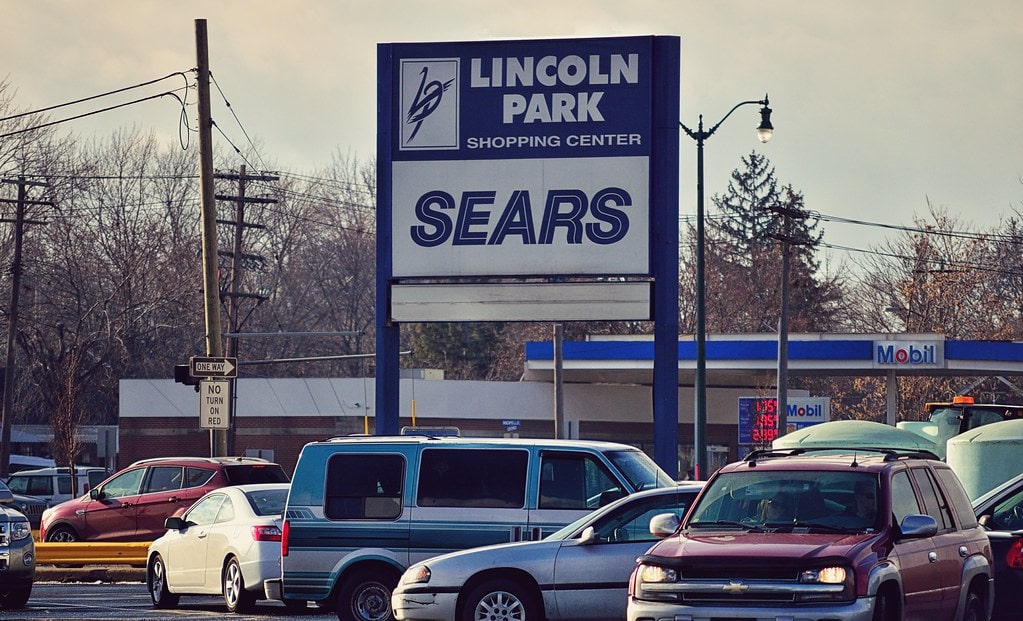
Sears Sales and Site Expansion
By the early 1960s, the Sears at Lincoln Park Shopping Center wasn't just busy - it was leading the chain. Sales volume at this location had climbed so steadily that an expansion to the Auto Center was approved during that decade.
The store eventually became one of the largest in the chain, measured by square footage.
The next wave of additions came under management changes in 1965. Though those renovations would define the 1980s, the store's physical footprint and market pull were already being shaped two decades earlier.
By then, the traffic to the center justified layout changes. These weren't cosmetic fixes - they followed a volume trend that was already well in place.
Anchored by a consistent performance from its key tenant, the site solidified its role in the local commercial corridor long before national retail chains flooded the metro area.
Lincoln Park's strip center had size, traffic, and enough draw to warrant ongoing investment.
Retail Mix Revisions and Turnover
Renovation plans, based on customer surveys from 1980, brought in new retailers across the 1980s and early 1990s. Between 1983 and 1995, the center saw physical updates and changes in tenant mix.
Dunham's Sports opened during this period, along with Pier 1 Imports, So-Fro Fabrics, Winkelman's Apparel, and Harmony House.
The 1988 expansion brought two more anchors. Jack Loeks Star Theatres opened the Lincoln Park 8 multiplex in May 1988. F&M Distributors followed on August 1.
These additions weren't isolated - they replaced earlier closures and helped fill the void left by Kroger, which had moved out years prior.
That original grocery unit had seen a drop-off after a 1984 labor strike, which led Kroger to pull back on multiple Michigan sites.
A new Kroger store eventually opened across Southfield Road in 1997. But by that point, the internal layout of the original complex had shifted from neighborhood essentials toward specialty retail and entertainment.
The retail energy around Dix and Southfield had started changing. Parking lots stayed full on weekends, but the days of single-anchor dependency were fading.
Tenant Losses and Unraveling Leases
After 2003, the losses weren't one-offs. The closures were steady, often tied to national shifts, but felt locally in empty storefronts.
Star Theatres shut down its Lincoln Park 8 location that year. Harmony House had already exited the market with the rest of its chain in 2002.
F&M Distributors had folded earlier. The center's internal retail mix was thinning, and it wasn't getting backfilled at the same pace.
When Fairlane Green and Independence Marketplace opened in 2005, just a mile north, the remaining structure of the Lincoln Park Shopping Center began collapsing.
This wasn't gradual erosion - this was a departure. Dunham's Sports, Old Navy, and Dress Barn left quickly, signing leases in the new developments. The retail gravity had shifted.
By the late 2000s, only smaller national chains held on. GameStop, GNC, President Tuxedo, Hallmark Gold Crown, Payless Shoe Source, and Famous Footwear kept units at the site for a time.
However, most either folded nationwide or moved into the newer retail footprints nearby.
Two failed Walmart Supercenter proposals floated in 2007 and again in 2012, complicating any streamlined redevelopment. Sears wasn't interested in relocation or closure at that time, and that stalled any unified site overhaul plans.
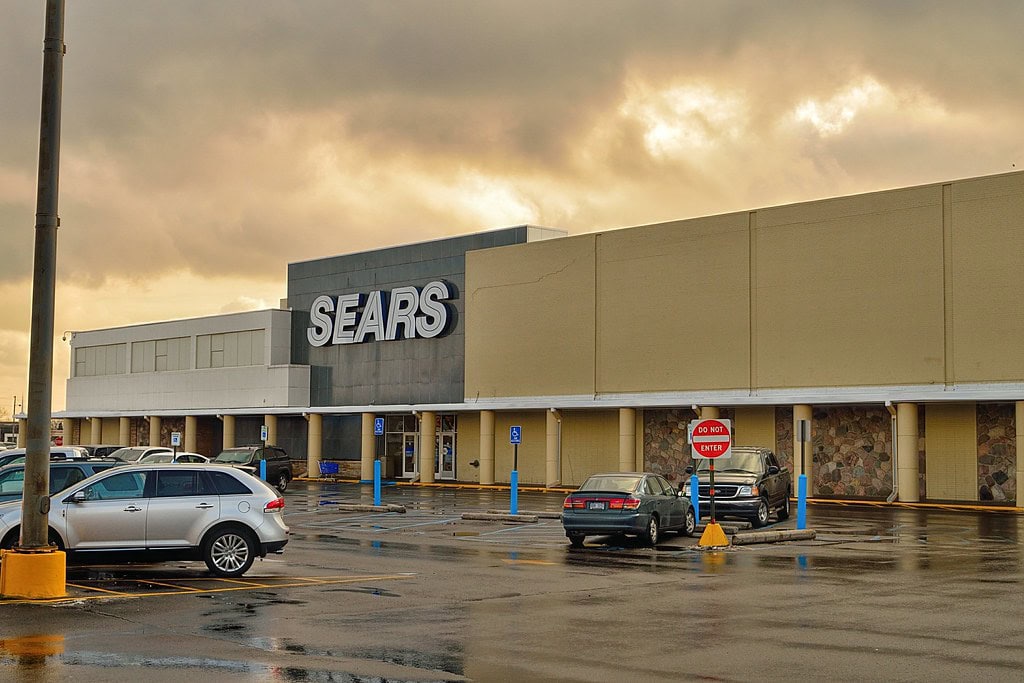
Final Leaseholds and Last Anchors
By 2015, the shopping center had mostly emptied. Sears remained open, but only Dollar Tree shared the space. Everything else - save for a few outlot buildings - was closed.
Two free-standing structures still operated on the property: a Big Boy restaurant and a Bank of America branch along Dix Highway.
A third outlot, sitting along Southfield Road in Allen Park, had previously housed Wendy's before it moved across the street in December 2014.
The Dollar Tree relocation in June 2017 cleared out the final inline tenant apart from Sears. By early 2018, demolition crews had cleared all structures connected to the original center, with only the Sears building left standing.
Sears Holdings had spun off 235 of its real estate properties into Seritage Growth Properties in 2015.
The Lincoln Park Shopping Center location was part of that package, one of many stores whose real estate future became separate from its operational one.
On October 15, 2018, Sears announced the Lincoln Park location would shut down. It was part of a group of 142 store closures following the company's Chapter 11 bankruptcy filing.
The store closed on January 6, 2019. A Del Taco opened later that year in the former Wendy's outlot.
Demolition Contracts and Site Clearance
By early summer 2024, the last piece of the original complex was finally coming down. Heavy equipment had been staged near the former Sears building for weeks, and by June, demolition was underway.
This wasn't a quiet teardown. For a site that had sat mostly dormant since January 2019, the activity drew attention.
Crews dismantled the two-level Sears store, a structure that had once anchored one of the highest-performing outlets in the chain.
While the property had seen occasional interest from developers in the years following the closure, the actual movement didn't come until 2024.
The removal of the Sears building marked the end of the original infrastructure at the site.
Nothing had broken ground yet, but with the Sears demolition complete by July 2024, the entire parcel was finally cleared for reuse.
What came next depended on the city's brownfield plan and a private developer's next steps.
Redevelopment Plans and Commercial Reuse
By late 2023, plans had been filed by AF Jonna Development to rework the parcel into a modern commercial setup. These weren't mall-style ambitions.
Chick-fil-A and a car wash were named as early commitments. If built, the Chick-fil-A would be the first in Lincoln Park and one of the few in the broader Downriver retail corridor.
The structure's layout wouldn't mimic the old strip mall - it followed a pad-site layout more common in post-2010 development.
A public hearing notice issued through the city's Economic Development Corporation outlined a brownfield redevelopment framework for the site.
Environmental work tied to older utilities and demolition debris factored into the proposal.
The new plan didn't depend on a single anchor tenant. Instead, the site was being divided to support multiple users, each with its own footprint, signage, and driveway access.
That shift marked a departure from the original model that had opened with elephants and a Sears.
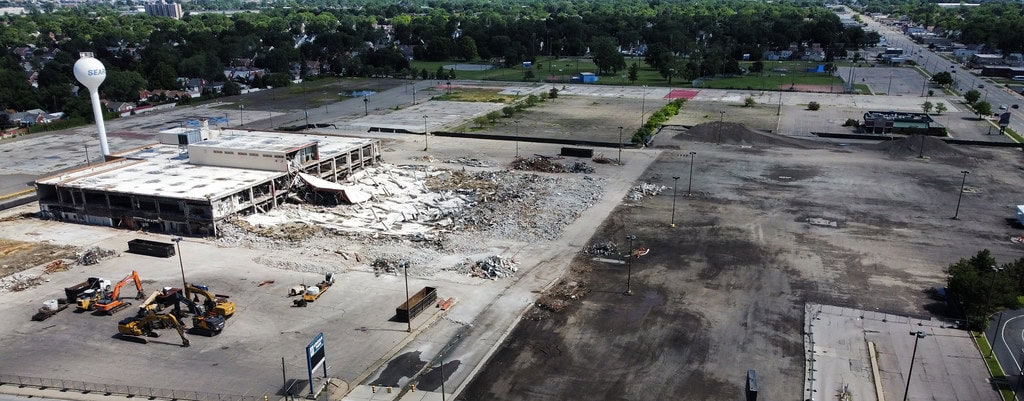
🍀


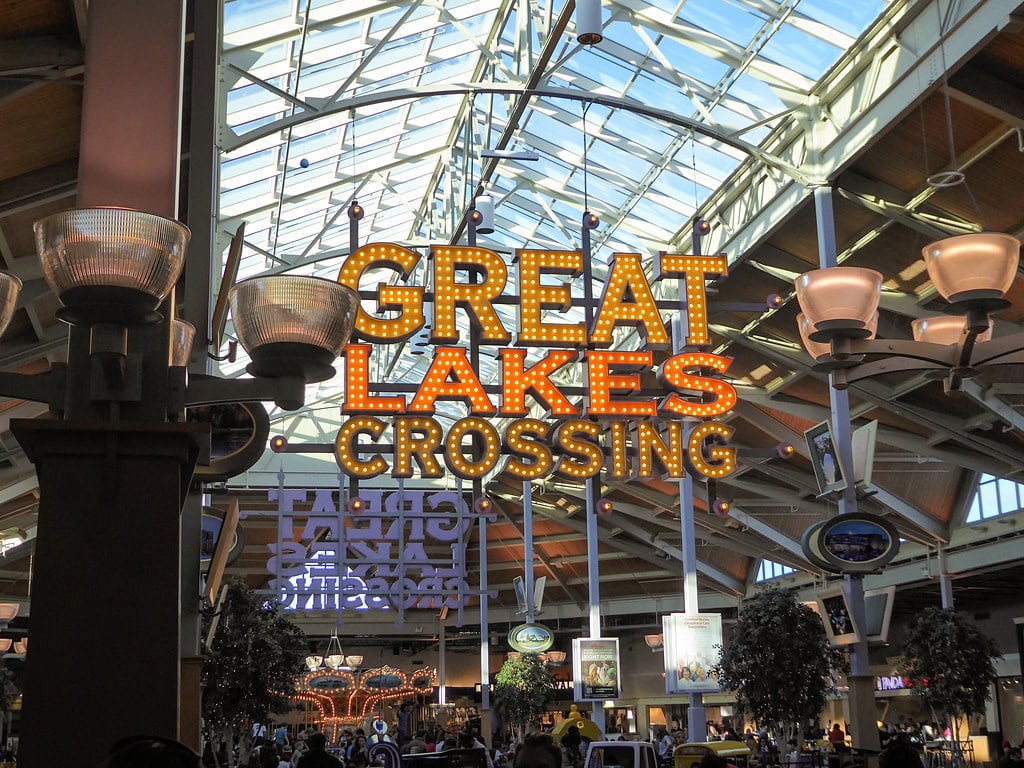

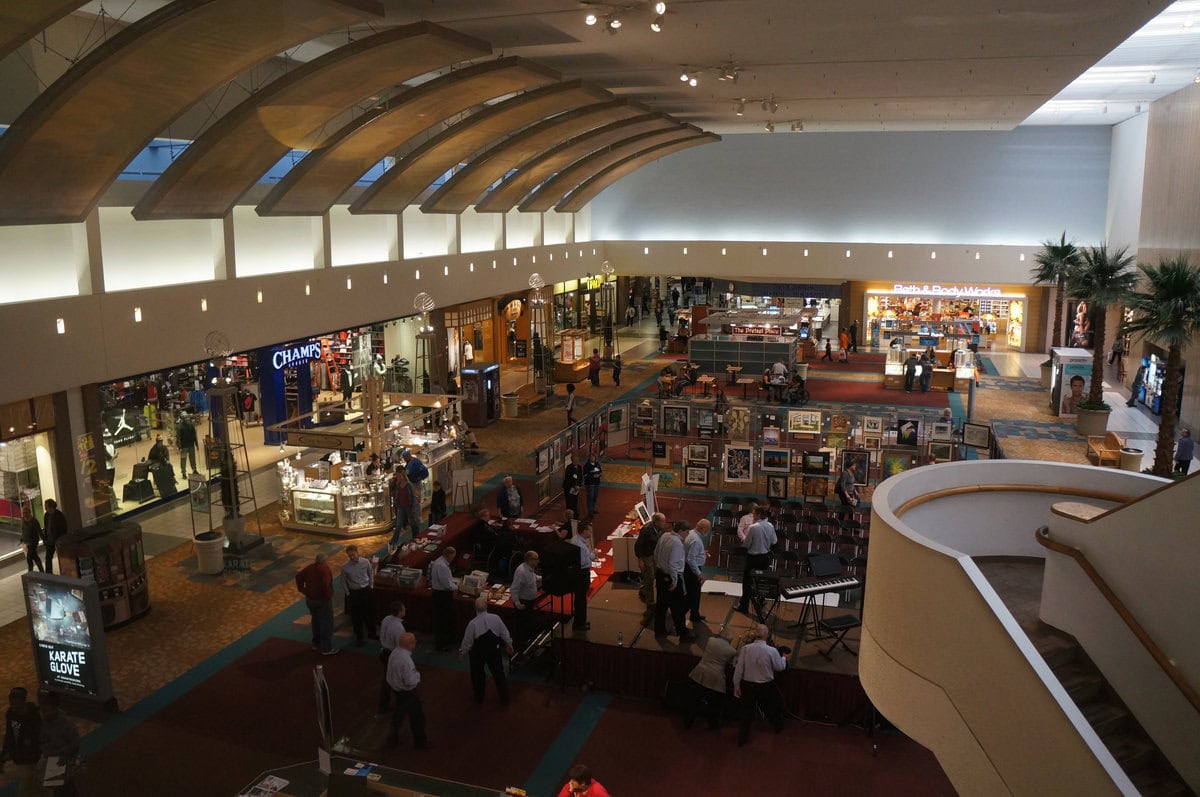
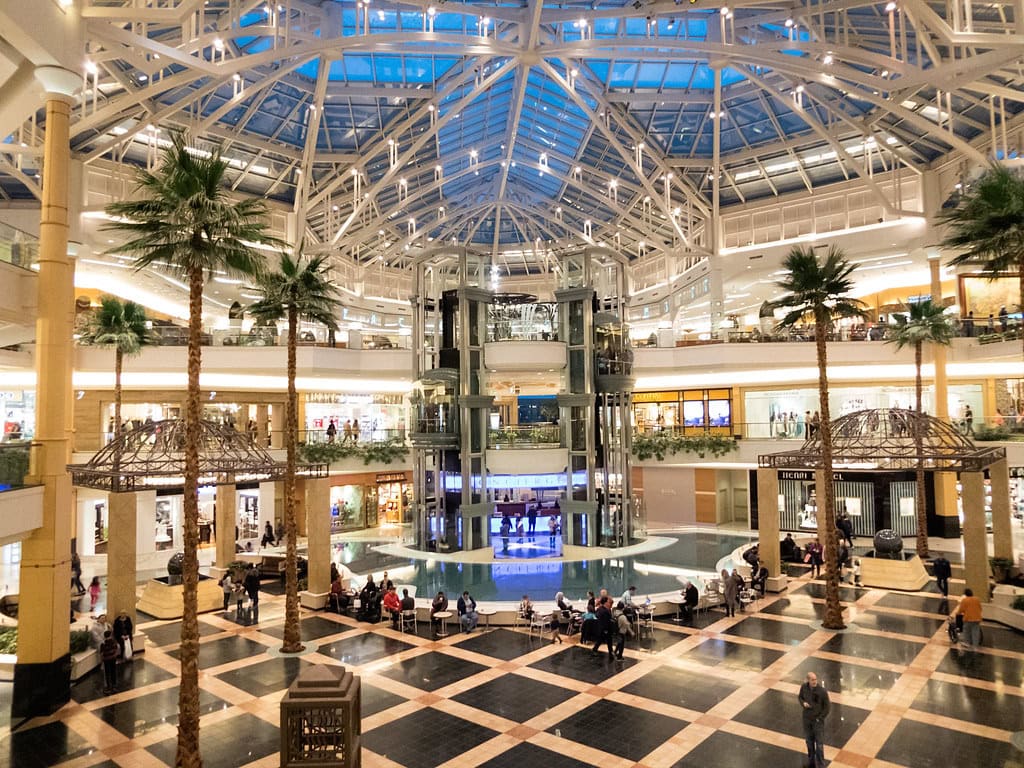


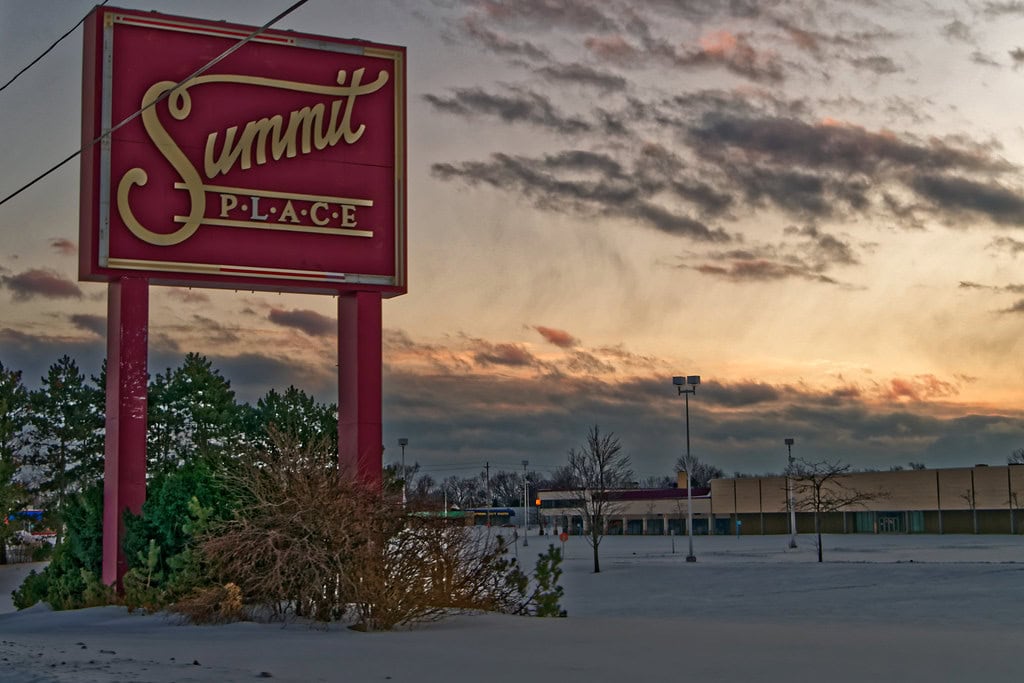
Hi, my family had been going to Sears since it first opened n I was born in 1961 n was in Sears from infancy. My parents both worked at Sears. We loved our Sears. I took my kids there's as babies when they were born in the early 80's. It was our most favorite store in the whole world . I still live in the home I grew up on which is close to Sears n I drive around Sears often while thinking of all the wonderful memories I have of going there to shop. It was a huge part of our world for almost six decades. I'm 62 now n I miss our beloved Sears. I still tear up when I think about this terrible loss. And when I watched this video I teared up again. It's heart breaking to lose something that has been Suge a huge part of your life. I can still see, hear n smell being inside Sears. I loved every dept. and the elevator n escalator n the perfume counter n make up counter n the automotive dept. and every dept in between. I remember Mom taking us girls to the Candy counter n letting us pick out our own favorite Chocolate candy that would be put in small, brown paper bags for each of us to hav our very own. We always felt so special when we stepped foot into Sears. There hasn't been a Store that I've set foot in that made me feel that way, ever since. It's like losing a best friend. I hate that it will be demolished. I hate that it won't be there anymore.
Hi, Mary
Thank you for sharing your lifelong journey with Sears. Your narrative about Sears paints a beautiful picture of your family's history with the store. Hearing how much the store meant to you is heartening yet poignant. The loss of such a staple in one's life is tough.
I was born in 1955 growing up we always went there I remember going to Arlen’s department store sitting at the snack bar having a Orange Drink this was in the early 60s61 or 62 my father would be at work and my Mother would call a Taxi Cab and we would go all day in till it was time for Dad to pick us up after work one thing I will always remember is the smell of the candy counter the nuts roasting all bought 25 cents worth of cashews or we would go to the Saunders for a hot fudge cream puff just a great time in my life. I was seven or eight years old and that shopping center meant a lot to us. I’ll always remember Sears at Christmas trees up around the outside on the second level and all the stores of course we decorated for Christmas. I remember going toHuge and hatchers with my Father to buy a new suit it was just a great time in our life’s kids today will never know those feeling
What a vivid portrait: orange drinks at the snack bar, cashews by the quarter, and a full day that felt like its own small holiday. You captured more than nostalgia - you put us there!
I'll never forget going there with my mum and dad and smelling roasting cashews then receiving a brown paper bag with the warm and yummy cashews.
Thanks for writing it out. In just one sentence, you gave us a window into how shopping used to feel: personal, familiar, and full of small joys.